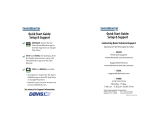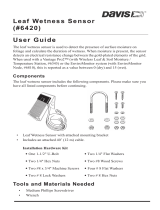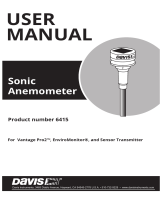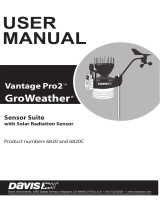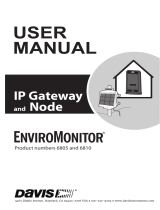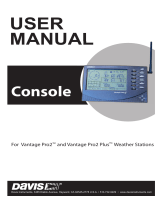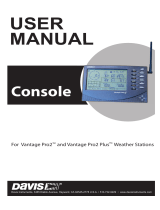
Weather Monitor II Humidity Calibration Number Page 11
Weather Monitor II Humidity Calibration
Number
Versions of the Weather Monitor II manufactured after 1994 allow the user to
set a calibration number (CAL) for outside humidity. To determine which ver-
sion of the Weather Monitor II you have, look at the manufacturing code (Mfg.
Code) on the underside of the console. If the manufacturing code begins with
the letters "M" or “MB” (e.g., "MB30302F41") you will not be able to set CAL for
Outside Humidity.
Note:
The GroWeather, Energy EnviroMonitor, and Health EnviroMonitor allow the user to set a calibration
number for outside humidity. See the appropriate manual for instructions.
Change CAL if you wish to adjust the Weather Monitor II's outside humidity
reading. Note that a calibration number exists for outside humidity only.
Calibrated Outside Humidity = Outside Humidity + CAL
Default CAL = 0.
Note:
For general information on CAL numbers, consult the Weather Monitor II manual.
Troubleshooting
While your T/P Sensor is designed to provide years of trouble-free operation,
occasional problems may arise. If you are having a problem with your unit,
check the following troubleshooting tips before sending the T/P Sensor in for
repair. If, after checking these procedures you are unable to solve the problem,
contact Davis Technical Support for further instructions (See “Contacting
Davis Instruments Technical Support” on page 12). Please do
not return your
unit for repair without receiving prior authorization.
Troubleshooting Tips
• Carefully check all cable connections from the sensor to the console. Cable
connections account for a large portion of the potential sensor problems.
• Connections should be firmly seated in the jacks and plugged in straight.
• If you think a connection may be faulty, try jiggling the cable while looking
at the display. If a reading appears intermittently on the display as you jiggle
the cable, the connection is faulty.












